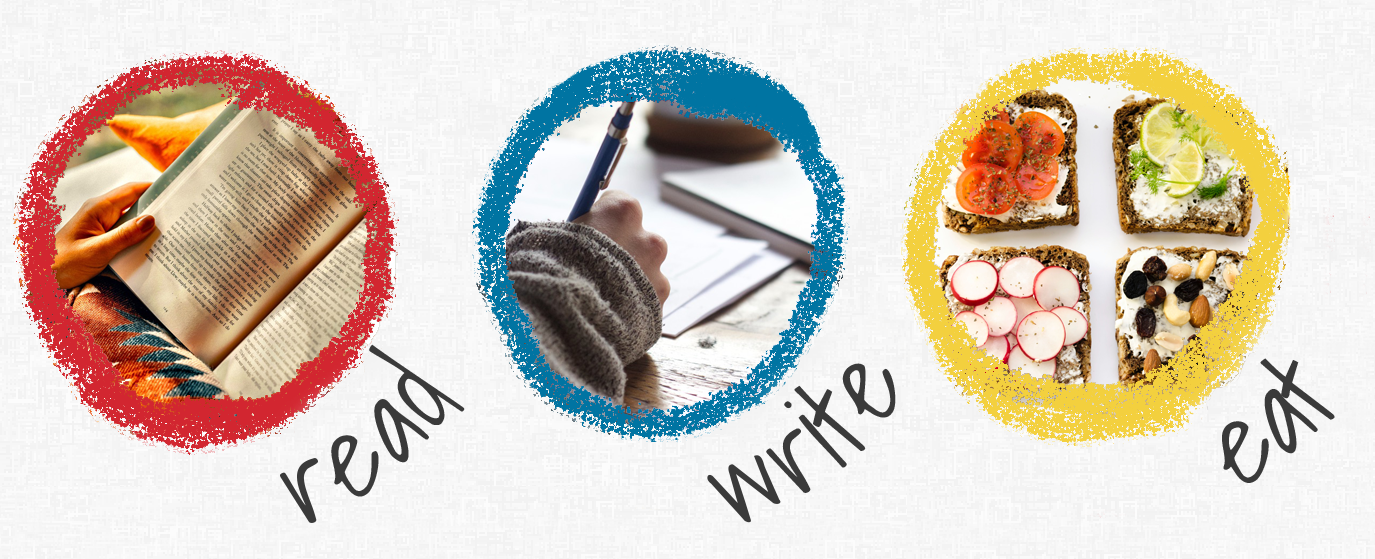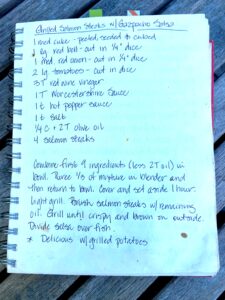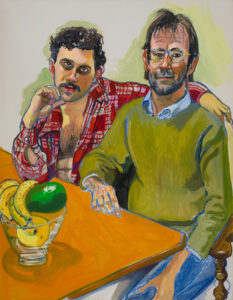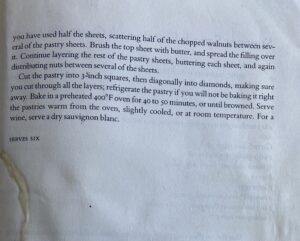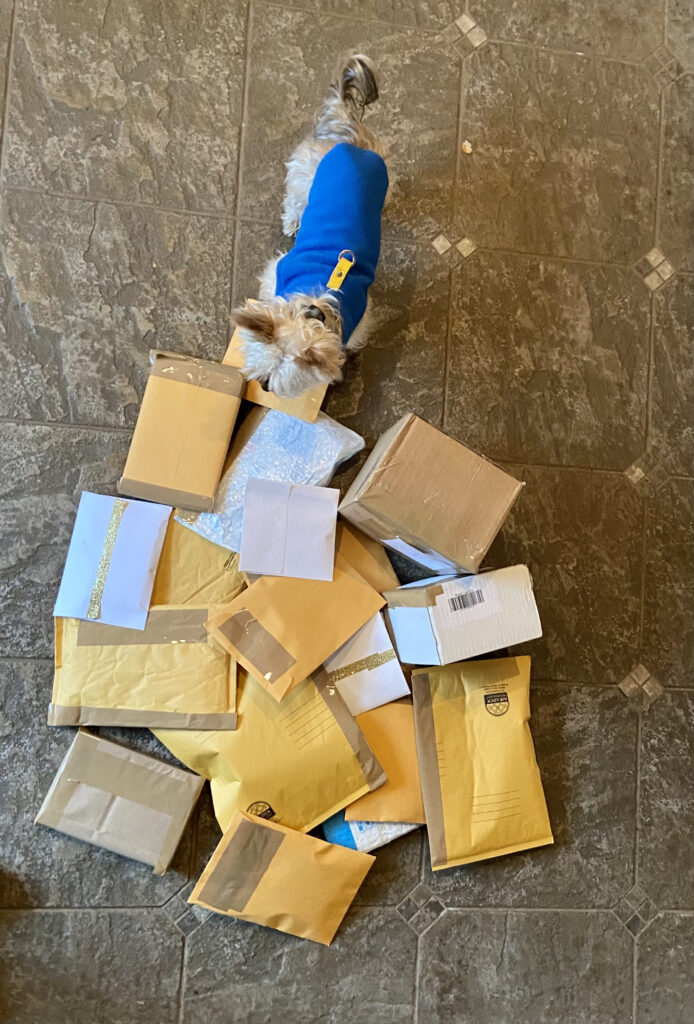The other night I was having trouble sleeping. “Read the NYTs before you turn off the light,” says no one ever! But, that’s what I was did on this particular night, and I am so glad. I came across this beautiful essay from Andrew Rannells (Girls, Book of Mormon) about his quarantine time. He was fielding requests from people to send personal messages and recordings to them, to raise money for actors out of work during pandemic times.
Daily, I heard from young people, often in high school, sometimes older, many identifying as queer, others not specifying, all seeking messages of encouragement: statements from me saying, “You are OK,” “You are enough,” “You are going to be all right.”
I was surprised by this. I was saddened by this. I was also encouraged by this. I never would have had the courage to reach out to someone like that. To ask a stranger for a personal show of empathy. For guidance. The more I told people that they were OK, that they were enough, that they would be all right, the more I realized how much I needed to say those words. I was in need of connection and comfort, too. These interactions were more complex than I’d imagined.
Honestly, the essay is so vulnerable and true. What ultimately rises up is the question, “What can I say to you right now that will also comfort me?”
That’s it in a nutshell. Throw in some laughs, some universal truths, a story, and you’ve got the very reason I write!

read
Okay, bear with me. I know the pandemic baby-boom didn’t pan out. We all thought people stuck inside, frightened, with nothing to do, would result in lots of soothing, which leads to hugging, which leads to snuggling, kissing, which leads to… babies! But it didn’t happen.
That is simply not a good reason to skip this book. DARLING BABY, by Maira Kalman. Buy it! Put it on the coffee table, in the bathroom, somewhere that it will tempt you and your family, your guests, to pick it up and remember what it is to be still, to be quiet. What it is to observe the minutiae, the moment, the delight that is always around us, if only we would f*cking pause! (Well, maybe I’m just lecturing myself here, so please, accept my apology.) Here are a few pages:

I’m not embarrassed to say, I got a little weepy when I read it. The book is an ode to the common, vibrant beauty of life. Find a baby! Stat! Buy two copies, keep one for yourself.
Just a quick reminder, I’ve created a read.write.eat. Bookshop Store, where you can find many of the books I’ve recommend in the newsletter.

write
I’m just back from a little DIY Writing Retreat. The first post-pandy gather with my amazing writing pal. We wrote all morning, cooked together (more on that down below), took long walks, talked work and life, laughed, and toasted our projects with pink wine. I got so much done! It is a joy and a gift to give yourself time away from home, to prioritize your creative work, to escape the niggling things (empty the dishwasher, pay the bills, the siren call of clean laundry awaiting folding!) and give over your mind wholly to the work. Seriously, it doesn’t take much… clear your calendar for even as little as one day, adopt a retreat mindset, if you can get away, do it! If not, make your retreat in your own home.
- Set aside the day(s)
- Plan some special/easy meals that you love. Prepare in advance. Buy good snacks.
- Turn off social media!
- Tell family and friends, “I’ll be writing this weekend, from 9-5 (or whatever hours). Don’t come to my door unless you are in flames.”
- Print out your work. Read it aloud. Mark up what you love! Put question marks where you’d like to go deeper, to learn more.
- Take walks. Move your body.
- Make a playlist of lyric free music (here’s mine, the first song sets a mood) or don’t, if you prefer quiet.
- At the end of the writing day, take a bath, enjoy what you’ve accomplished.
- Drop me a note and let me know, what worked! What you did for yourself. Seriously, I want you to write. I want you to honor your creative impulses.

eat
Driving to our DIY retreat space on Whidbey Island, in Washington State, we hit Foxtail Farmstand and bought so many cherries, plus gorgeous turnips! Here’s what I did with them.
Roasted Turnips
- Preheat oven to 400 degrees. Put a sheet pan in the oven to get hot as well.
- Scrub the turnips, trim off the greens and set aside, cut in turnips in half, or for larger turnips, quarter. Toss with olive oil and good salt.
- Dice ½ a sweet onion, and several cloves of garlic, or if available, 5-6 garlic scapes. Add to the turnips. Place the vegetables on the sheet pan, cut side down.
- Roast for about 8-10 minutes.
- Wash and chop the turnip greens. Remove the sheet pan from the oven, add the greens and roast for about 4 more minutes. Be absolutely certain NOT to overcook. Better undercooked greens (is there such a thing?) than mushy turnips, which, quite frankly, are awful.
- Serve the turnips with a scoop of brown basmati rice, and this:
Delicious Yogurt Sauce
- ½ c plain Greek yogurt
- 1 T of honey, or to taste
- Juice of ½ a lemon
- A handful of rough chopped flat leaf parsley
- Small, minced garlic clove
- Salt and pepper to taste
Mix it all up in a bowl. Spoon liberally on the veggies and rice. Squeeze on some Sriracha sauce.
I’m telling you, this is brain food! The perfect lunch between writing sessions.
**********

